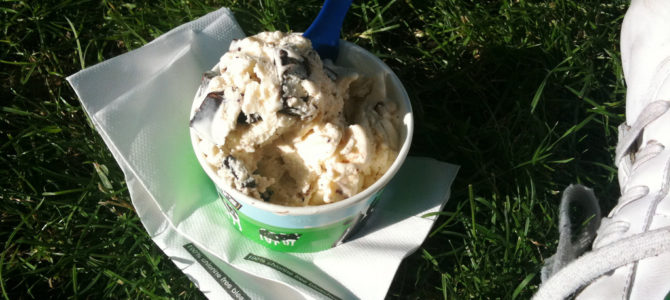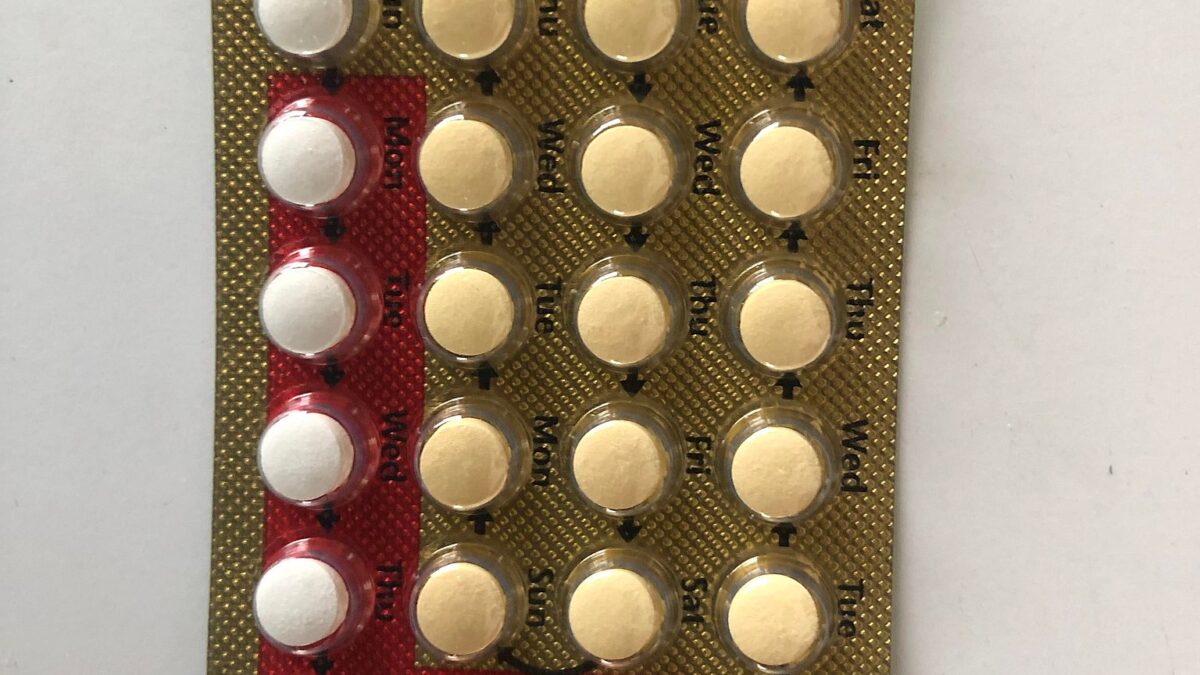
Over the past few years, The New York Times has become a scribe for environmental activists, relying on bogus science and dubious sources to stoke fear about what we eat and feed our families.
This week, the Times ran an article about the alleged danger lurking in your pint of Cherry Garcia: “Traces of Controversial Herbicide Are Found in Ben & Jerry’s Ice Cream” could be one of the most deceptive and dishonest pieces of food writing I’ve read in a while. The story claims traces of glyphosate, the world’s most widely used weedkiller sold under the brand name Roundup, were found in several varieties of that famous ice cream brand. Times reporter Stephanie Strom wrote how “consumer groups around the country have begun raising awareness of glyphosate in food, because some studies have linked it to a variety of diseases.”
Aside from several errors in the article (it’s already been corrected twice) and a lack of full disclosure about its sources, let’s start with the Times’ failure to follow modern-day Journalism 101: There is no link to the study that is the basis for the article. Usually, when a major news outlet runs a lengthy article with an inflammatory headline, it posts the scientific report that supports the story.
Who Are These People? We Don’t Know
Most editors would demand that the study meets certain criteria, such as making sure the data and testing methods are publicly available, the scientists have appropriate credibility, and it has been peer-reviewed. But why let basic standards of scientific integrity get in the way of a click-baity headline about poisonous ice cream in July?
The “study” that tested for glyphosate was conducted by a nonprofit called Health Research Institute Labs (what little information is available about this group can be found here). The study is not available on the lab’s website, nor can you find it in the Times article, or anywhere else on the Internet. The only evidence to support the Times finding is a graph posted within the article that purports to show the glyphosate levels found in 11 types of Ben and Jerry’s ice cream.
That graph, however, is not sourced to the lab that allegedly conducted the work. It is credited to the Organic Consumers Association, a virulently anti-corporate, anti-capitalist activist group that is doing whatever it can to destroy our current food system. The OCA opposes conventional agriculture, farm chemicals, food preservatives, and genetically engineered crops (that may sound swell, but trust me, you would be hard-pressed to feed your family if any of that disappeared). It bullies companies, like it is now doing to Ben and Jerry’s, to go organic. The group also opposes vaccines. It is about as far-flung and nutty as you can find.
So it is of course the perfect source for The New York Times. Strom essentially cribs the OCA’s press release on the ice cream study and repeatedly quotes OCA President Ronnie Cummins, even including a photo of him. This is the same guy who helped organize a fake tribunal at The Hague last year against Monsanto, the maker of glyphosate, charging it with ecocide. (Glyphosate is the new GMO for most environmental activists like OCA.) It also organizes the annual March Against Monsanto. Strom fails to disclose OCA’s long-standing antipathy towards Monsanto, a huge oversight that would have offered the reader the appropriate context to the story.
The Science Is Sketchy, As Well
Now let’s get to the so-called science part of the article. The author of the study that no one can access, an outlier himself you can read about here, admits that “a 75-pound child would have to consume 145,000 eight-ounce servings of Ben and Jerry’s Chocolate Fudge Brownie ice cream to hit the limit set by the Environmental Protection Agency, the government body charged with setting a ceiling on the amount of glyphosate allowed in food.” So basically, your fifth grader would need to eat about 1,000 times his body weight in ice cream per day before he’s considered in danger.
There is more shoddy science in the article. Strom cites a report by the International Agency for Research on Cancer (IARC) from 2015 (she erroneously says the report is from this year) that found glyphosate is a “probable” human carcinogen. This finding has been heavily criticized by scientists and agriculture groups around the world. In fact, IARC is the only group that has deemed glyphosate a possible carcinogenic. That report is under so much scrutiny that Congress is considering defunding IARC amid concerns about poor methods, cherry-picking data, and political activism by some participants (I wrote about it here.)
Strom fails to list the number of agencies that have concluded glyphosate does not cause cancer, including two reports by the Environmental Protection Agency last year, the World Health Organization, the European Food Safety Authority, and government bodies around the world. While Strom does link to the IARC study, she does not link to any of these scientific studies that refute IARC’s work.
It is an intentional omission. What she does not omit is another dubious study co-authored by a well-known activist who had a previous glyphosate study retracted. It’s the same guy who helped create the scary memes of rats with big tumors that activists use to protest GMOs and Roundup. (You can read the scientific criticism of it here.)
There are many more problems with the article, including conflicts of interest Strom does not reveal. It follows a similar pattern at the Times, including an article earlier this month about how unsafe Kraft macaroni and cheese is, where activists are presented as experts, the science is weak if non-existent, and objectivity is down the drain.
Just one more reason to question what you read in The New York Times.









